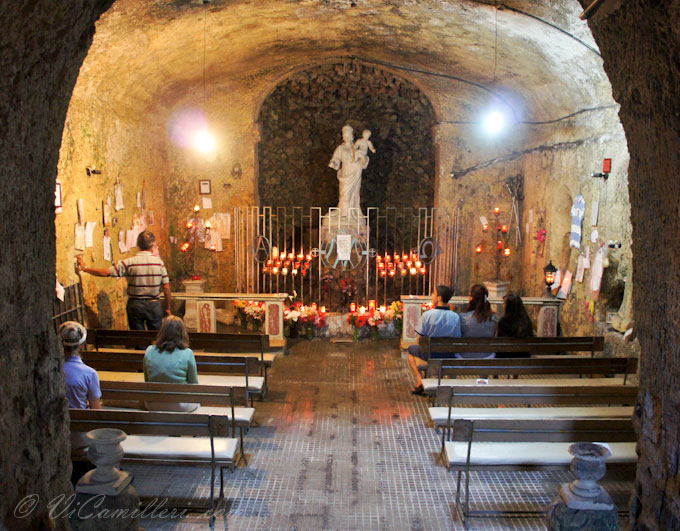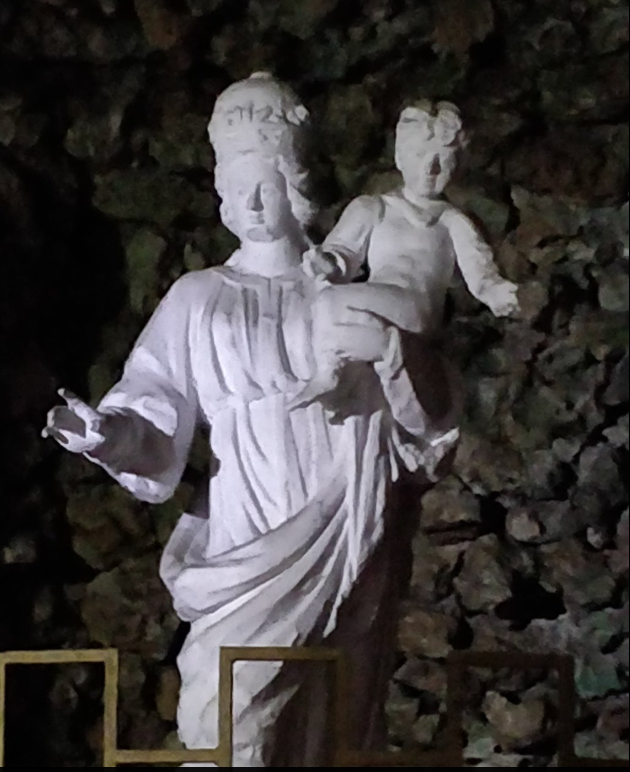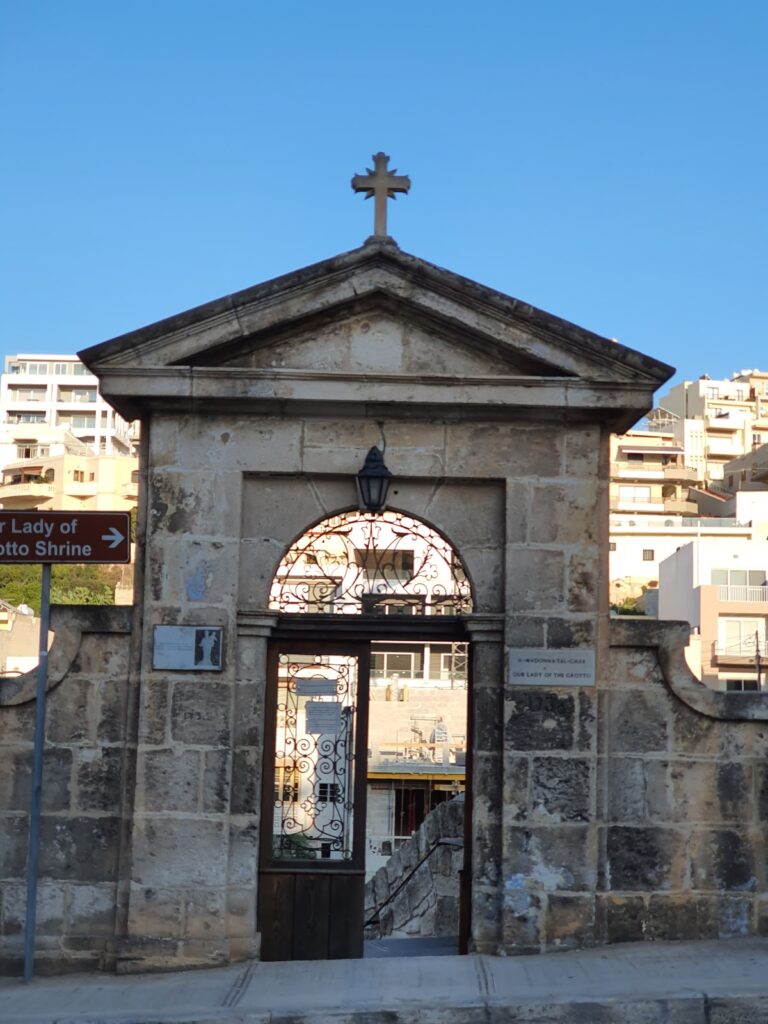Table of Contents
ToggleDiscovering Mellieha’s Our Lady of the Grotto
A Journey Through History, Myth and Devotion
Tucked within the picturesque hilltop village of Mellieha in northern Malta lies one of the island’s most cherished spiritual sites Our Lady of the Grotto. This sanctuary is more than a place of worship. It is a story shaped by history, faith, myth and local tradition. For centuries pilgrims have climbed to this humble cave to seek comfort inspiration and miracles. Today it remains an essential thread within Malta’s cultural and religious fabric.
The Early Origins of the Grotto
The grotto itself is a natural cave believed to have been used for contemplation and refuge long before it became a formal shrine. While the exact date of its sacred association is unknown records suggest that Christian devotion in the Mellieha area dates back to the earliest days of Christianity in Malta. As with many ancient Maltese sanctuaries faith was layered upon earlier cultural practices transforming an existing space into a place of Christian reflection.
Tradition holds that the cave became more prominently associated with the Virgin Mary during the medieval period when Marian devotion flourished throughout Europe. Local seafarers and villagers who faced the hardships of weather and conflict sought the protection of the Blessed Mother and turned to this cave as a safe spiritual haven.

The Famous Statue and Its Meaning
At the heart of the grotto stands a revered statue of Our Lady. The sculpture is believed to date back several centuries and has inspired countless stories of answered prayers. Its serene expression and gentle pose have become iconic symbols of Mellieha’s identity. Pilgrims traditionally light candles before the statue seeking Mary’s intercession for health safe travels and family blessings. The statue is also linked to accounts of miraculous events. Oral storytelling passed through families claims that the statue itself was the source of unexplained healings during times of sickness or community hardship. Whether these events were extraordinary interventions or the product of unwavering faith they helped cement the grotto as a deeply spiritual landmark.

The Grotto and the Sanctuary Above
The sanctuary of Our Lady of Mellieha which sits above the grotto was expanded over time especially during the rule of the Knights of St John. Several grand masters took a personal interest in enhancing the church and its surroundings. As the sanctuary grew so did the number of pilgrims who visited the grotto below.
The upper church served as the public heart of worship while the grotto remained a quiet retreat for personal prayer. Pilgrims often visited both spaces beginning with the historic cave for private reflection then moving upward to participate in liturgical celebrations. This dual structure of intimate devotion and communal worship continues to define Mellieha’s religious landscape.
Legends and Myths Surrounding the Grotto
No Maltese sacred site is complete without a tapestry of legends and the grotto is no exception. One popular tradition speaks of a local child who claimed to have seen a mysterious light within the cave during the night. The glow was said to surround the statue creating reverence and awe among villagers who interpreted it as a divine sign.
Another widely shared myth revolves around seafarers. According to maritime folklore sailors caught in storms would call upon Our Lady of the Grotto for help promising to visit the shrine if they reached land safely. Many of these sailors reportedly returned with offerings expressing gratitude for their deliverance. Their gifts transformed the grotto into a sanctuary filled with tokens of survival each one bearing a personal story of peril and thanksgiving.
A Place of Pilgrimage Through the Centuries
The grotto became a major site of pilgrimage especially during times of conflict and disease. During the era of corsair raids villagers found comfort in the protective symbolism of the Blessed Mother. Later during outbreaks of plague families prayed for protection and for the recovery of loved ones.
Over the centuries the pilgrimage tradition remained strong. Annual feasts dedicated to Our Lady of Mellieha draw both locals and visitors who participate in processions prayers and celebrations. The grotto stands at the heart of these traditions serving as a reminder of the community’s shared spiritual heritage.


The Modern Experience
Today Our Lady of the Grotto continues to welcome thousands of visitors each year. Pilgrims seek moments of peace within the cool stone walls while tourists come to appreciate its cultural and historical value. The grotto’s simple beauty contrasts with the more ornate architecture of the sanctuary above creating a balanced experience of quiet reflection and grand devotion.
Local caretakers and parish volunteers preserve the grotto with deep respect. They ensure that its spiritual atmosphere remains intact while allowing modern improvements that make visits more accessible. The lighting the pathways and the atmosphere are all carefully maintained to protect the sacred character of the site.
Why the Grotto Still Matters
Our Lady of the Grotto remains significant not only as a religious shrine but also as a cultural emblem of Mellieha. It symbolizes endurance faith and the human desire for connection with something greater than oneself. Whether one approaches it as a believer a historian or simply a curious traveler the grotto offers a sense of timelessness and tranquility.
It continues to be a place where people share personal stories leave heartfelt prayers and feel anchored in tradition. In a rapidly changing world the grotto stands as a gentle reminder of Malta’s enduring spirit and the power of a sacred space to bring people together.




